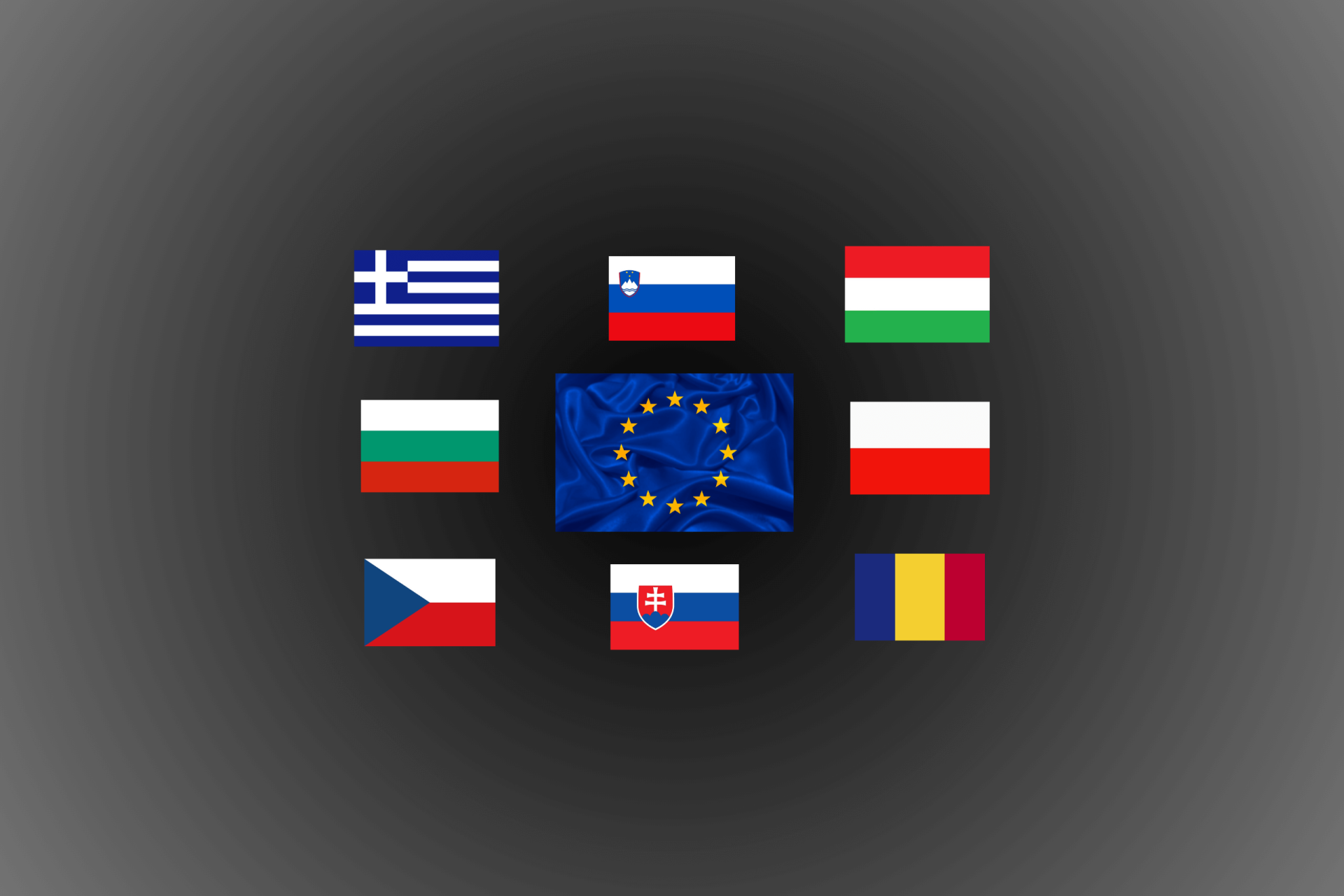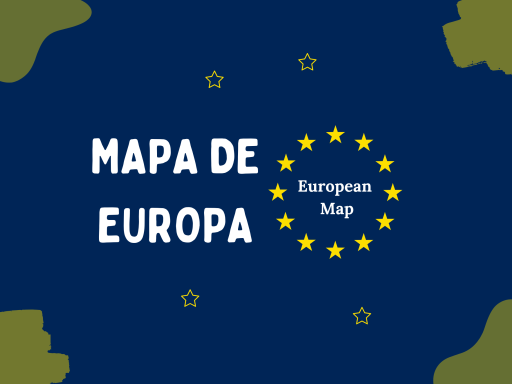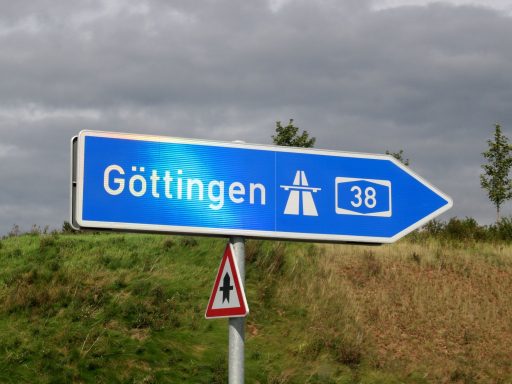Europe is one of the biggest continents in the world. Moreover, there are so many countries that include their own European flags. Eastern part is one of the most interesting side of the Europe. Many people do not even know Eastern Europe flags. But what are these flags? Let’s take a look together.
Flags of Eastern European Countries
We are looking forward to having a colorful journey through the rich tapestry of Eastern European flags, exploring the symbolism, history, and unique characteristics that define each nation’s emblem.
Bulgaria’s Flag
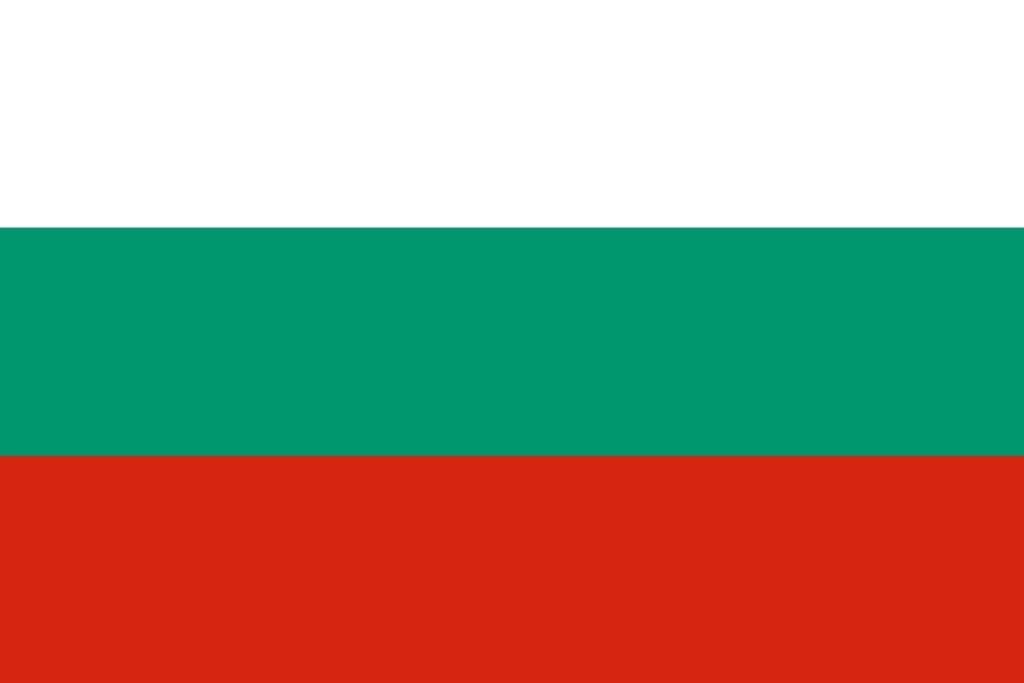
The flag of Bulgaria consists of three horizontal stripes. The top stripe is white, the middle one is green, and the bottom one is red. The white color represents peace and freedom, while the green symbolizes the fertility of the land. Lastly, the red represents the valor and sacrifice of the Bulgarian people throughout history.
the Czechia’s Flag
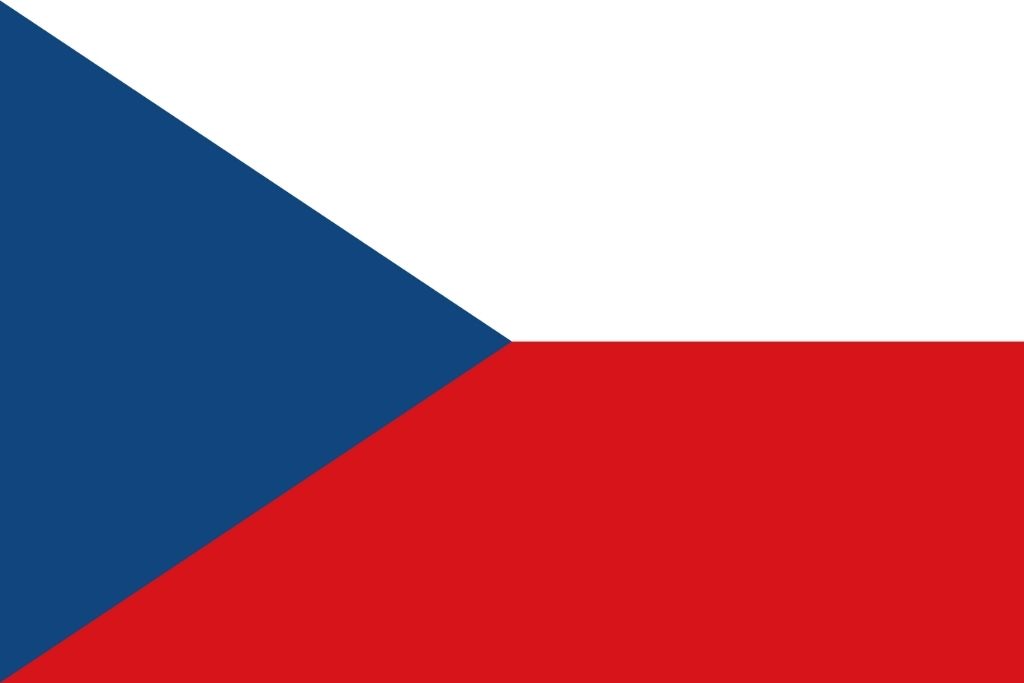
The flag of Czechia consists of two horizontal bands of equal width: the upper band is white, and the lower band is red. This design is identical to the historical flag of Czechoslovakia. The white color symbolizes peace and honesty, while the red color represents valor, courage, and the blood shed for freedom and independence.
Hungary’s Flag
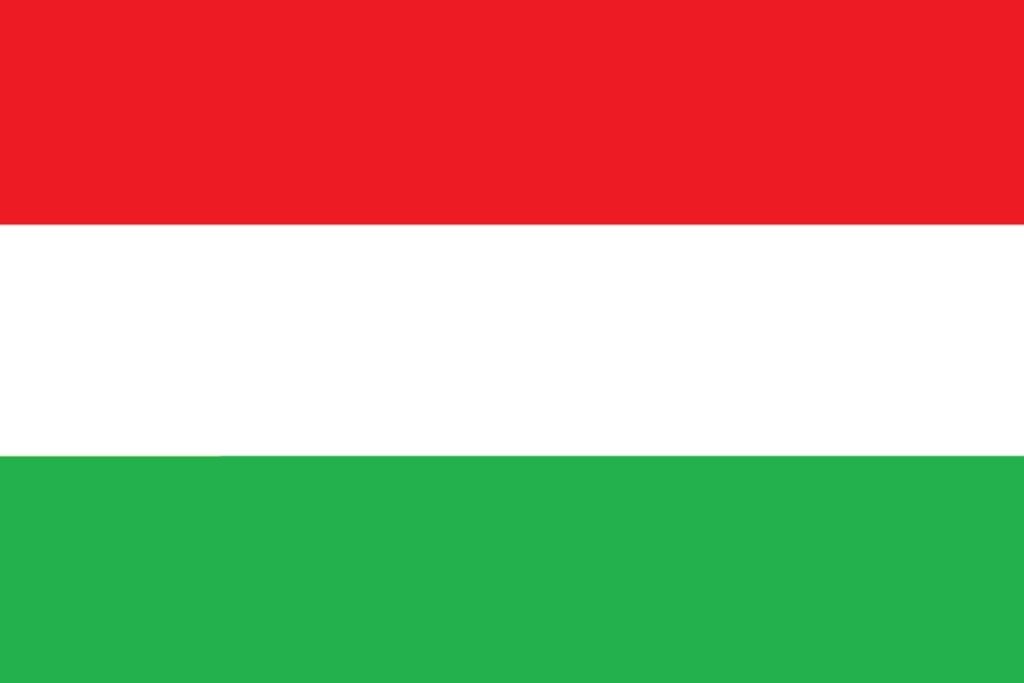
The flag of Hungary consists of three horizontal stripes of equal width that are red on top, white in the middle, and green on the bottom. This design, known as the tricolor, has been associated with Hungary for centuries. The red stripe represents strength, the white symbolizes faithfulness, and the green stands for hope.
Greece’s Flag
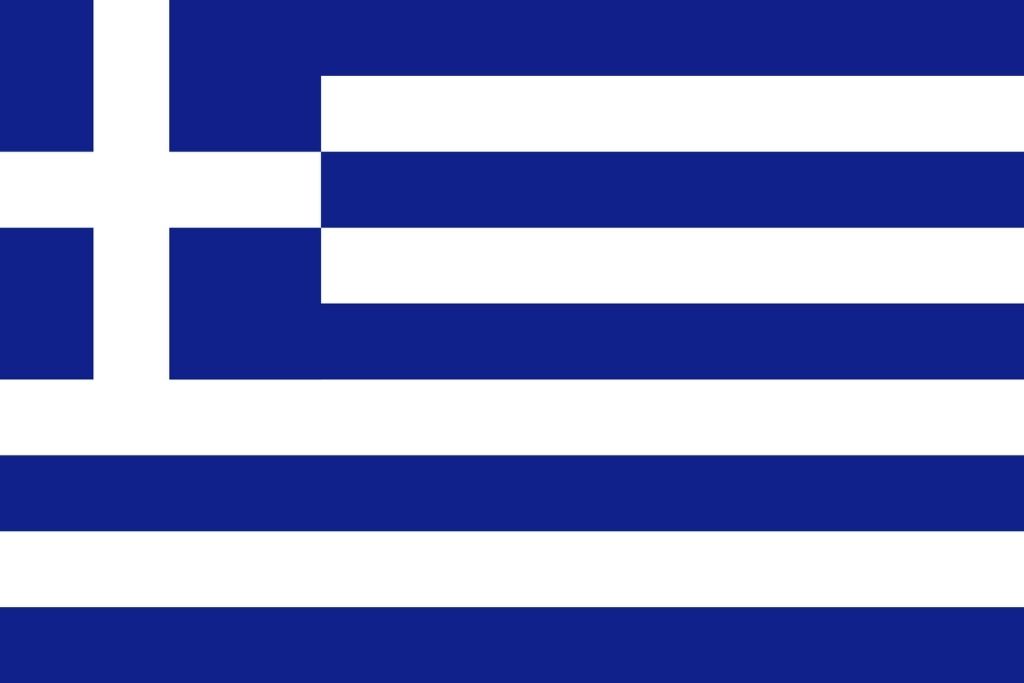
The flag of Greece consists of nine horizontal stripes of alternating blue and white. These stripes represent the nine syllables of the Greek motto “Ελευθερία ή Θάνατος” (Eleftheria i thanatos), which translates to “Freedom or Death” in English, a phrase deeply rooted in Greek history and culture. The upper left corner of the flag features a blue canton with a white cross, known as the Greek cross or the cross of Saint Andrew. This cross symbolizes Greek Orthodoxy, a significant aspect of Greek identity and religion. The blue and white colors are also said to represent the sky and the waves of the sea, respectively, reflecting Greece’s maritime heritage and its connection to the Mediterranean.
Poland’s Flag
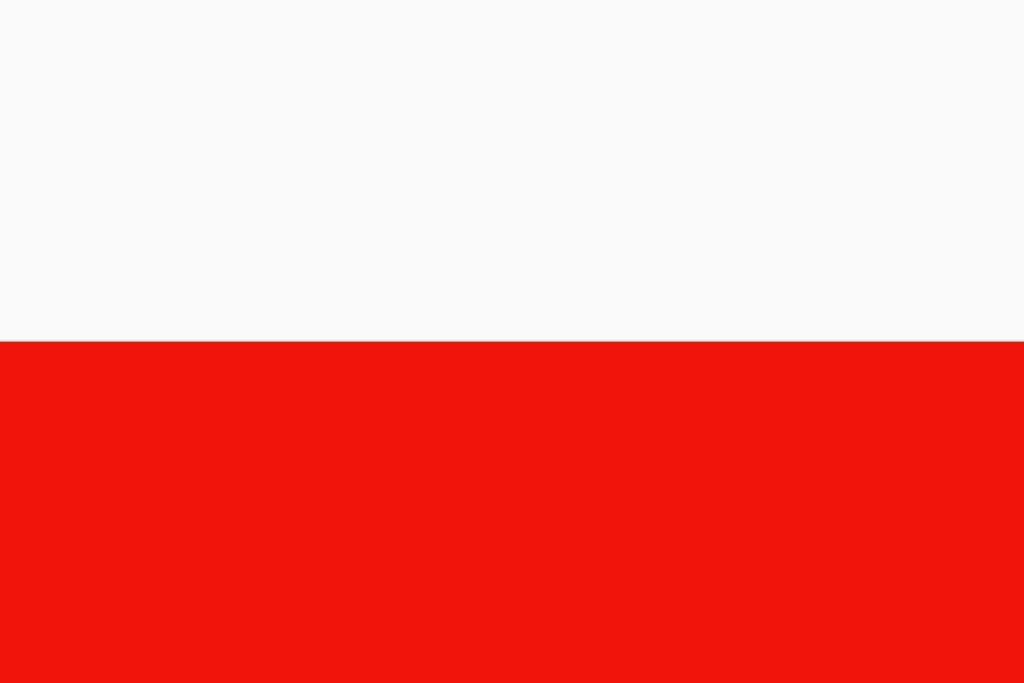
The flag of Poland is a simple horizontal bicolor consisting of two equally sized horizontal stripes: white on the top and red on the bottom. This design, one of the oldest national flags globally, has been in use since the late 13th century. White symbolizes peace and honesty, while red symbolizes bravery, valor, and the blood shed for the nation’s independence and freedom. Deeply rooted in Polish history, the flag serves as a symbol of national identity and pride.
Romania’s Flag

The flag of Romania consists of three vertical stripes of equal width that are blue on the left side, yellow in the middle, and red on the right side. The blue color represents freedom and justice, the yellow symbolizes prosperity and the wealth of the country, and the red signifies the blood shed by Romanian soldiers and the courage of the Romanian people.
Slovakia’s Flag
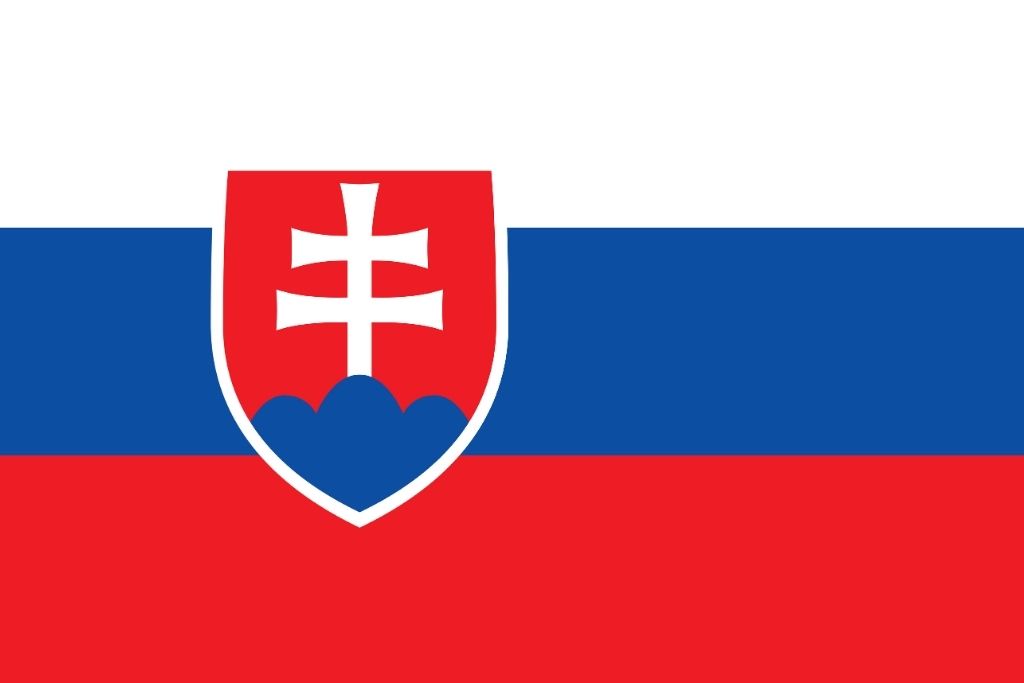
Slovakia’s flag features three horizontal stripes of equal width arranged in that order that are white on top, blue in the middle, and red on the bottom. The flag includes the national coat of arms on the hoist side. White symbolizes peace and unity, blue represents the sky and mountains, and red signifies courage and valor. The coat of arms shows a double-barred cross on a blue background, with three peaks representing the Tatra Mountains. Slovakia officially adopted this flag on September 1, 1992, following the dissolution of Czechoslovakia.
Slovenia’s Flag
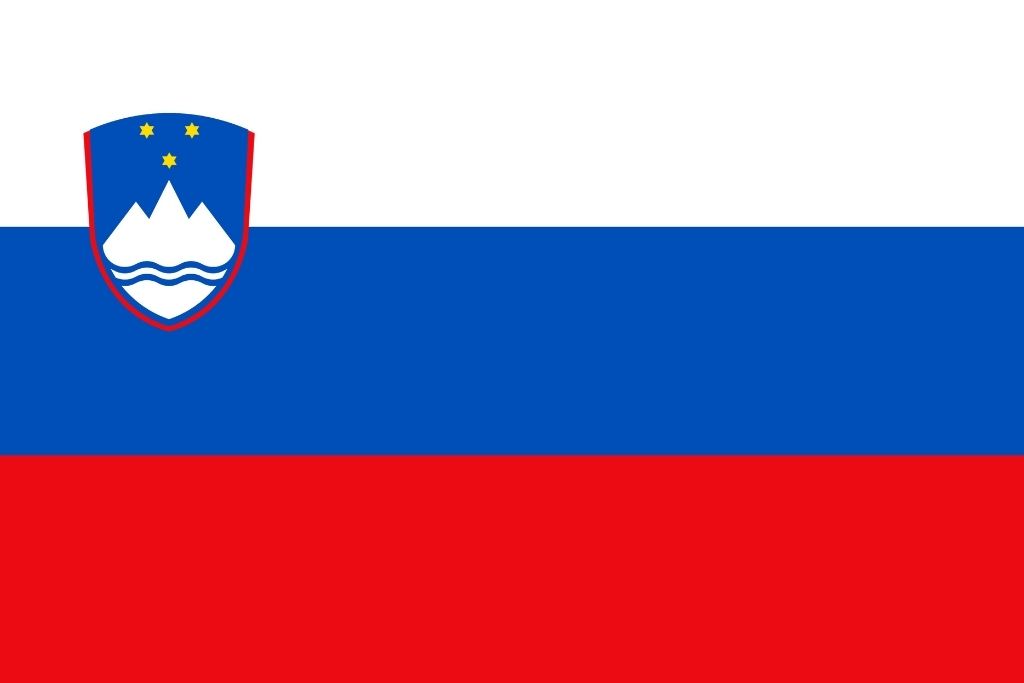
The flag of Slovenia comprises three horizontal stripes of equal width: white on top, blue in the middle, and red on the bottom, arranged in that order. It does not incorporate any additional symbols or emblems. The white color symbolizes the country’s mountains and snow, portraying purity and peace, while blue signifies the sky and the Adriatic Sea, emphasizing Slovenia’s geographic location. Red embodies courage, determination, and the blood spilled in defense of the nation’s freedom and independence. Slovenia officially adopted the flag on June 24, 1991, following its declaration of independence from Yugoslavia.
The flags of Eastern European nations serve as powerful symbols of identity, history, and values. Each flag tells a story, reflecting the unique heritage and aspirations of its people. From the vibrant colors of Bulgaria to the historic tricolors of Poland and Romania, and the striking simplicity of Slovenia’s flag, these emblems unite and inspire their respective nations. As we journeyed through the European flags of these diverse countries, we gained a deeper appreciation for the symbolism and significance woven into each design.



